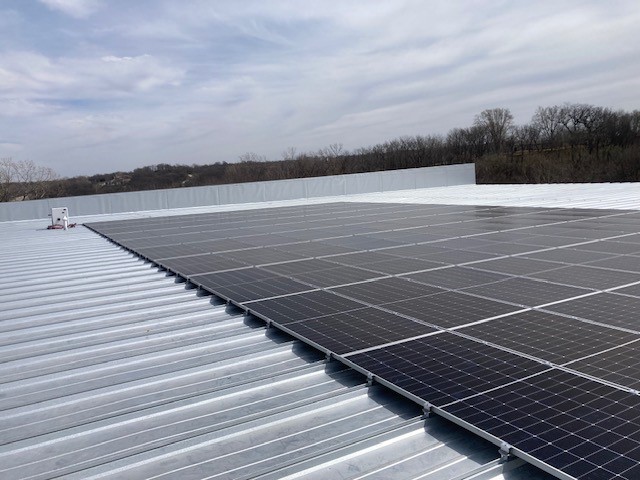How Solar Power Reduces Long-Term Operating Costs for Rural Businesses

Rising utility bills are one of the biggest challenges facing rural businesses today. From farms and processing facilities to manufacturing plants and small-town retail operations, the cost of electricity continues to climb, often faster than revenue growth. For many owners, solar power is a strategic investment that delivers long-term savings and strengthens financial stability.
Here’s how solar energy can dramatically reduce operating costs while creating new opportunities for rural businesses.
1. Locking in Energy Costs for Decades
Utility rates are unpredictable and often rise due to inflation, fuel costs, and grid maintenance. Solar systems, on the other hand, allow rural businesses to lock in a significant portion of their energy costs for 25 years or more. Once installed, your panels generate power at no additional cost, shielding you from price spikes and volatile market conditions.
2. Generating Immediate Utility Savings
A well-designed solar project can offset a substantial percentage of your electricity consumption, cutting monthly utility bills from day one. Over time, those savings add up, especially for businesses with high-energy operations such as cold storage, irrigation systems, or production equipment.
3. Leveraging USDA REAP Grants and Tax Credits
The USDA Rural Energy for America Program (REAP) provides grants that cover up to 25% of eligible project costs for renewable energy systems and energy efficiency improvements. On top of REAP funding, rural businesses can access federal tax credits, state incentives, and accelerated depreciation to further reduce upfront costs.
CGF specializes in breaking down these opportunities and helping clients stack incentives, making solar more affordable than ever.
4. Reducing Maintenance and Operating Expenses
Solar systems are low maintenance compared to diesel generators or traditional energy sources. With few moving parts, routine maintenance is minimal, keeping ongoing costs predictable and manageable.
5. Improving Cash Flow and Business Value
By lowering monthly utility expenses, solar improves cash flow, freeing up capital for equipment upgrades, staffing, or expansion. Properties with solar installations also tend to have higher resale value, which strengthens your long-term financial position.
6. Strengthening Rural Communities
Every dollar saved on energy is a dollar that can be reinvested in local operations, staff, and development. Solar power supports rural economic growth by reducing dependence on outside utilities and encouraging energy independence.
With USDA REAP grants, federal tax credits, and financing options available through CGF partners, solar power is more attainable than many business owners realize. Whether you operate a farm, a small manufacturing facility, or a rural retail store, CGF can guide you through the grant application, financing, and installation process,, helping you secure funding and start saving sooner.

